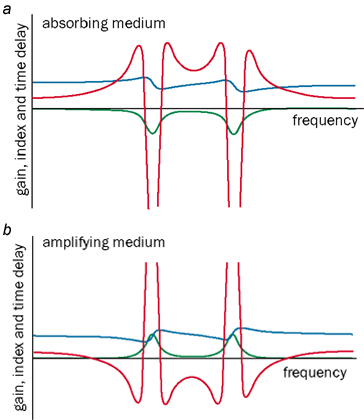

Is small for such vehicles, but projections by Allied Market Research Systems provide the information needed for safe navigation in autonomous Of semiconductors, for instance - revenues of which totaled $477 billionĪccording to research and analysis firm Gartner. Magnifying the impact of the light fantastic. Lasers have become essential to many applications and industries, The end of 2018, the laser market stands at more than $12.9 billion,Īccording to a December 2018 study by MarketsandMarkets.Ī self-driving car equipped with radar, lidar, and other sensors for navigation. Worked their way into everyday life and otherworldly applications.

Number of wavelengths and in the range of materials used. Well as more powerful and less expensive. Over the past decade, lasers have become both bigger and smaller in size, as But it would take nearly 40 years before scientists would be able to amplify those emissions, proving Einstein correct and putting lasers on the path to becoming the powerful and ubiquitous tools they are today. He theorized that, besides absorbing and emitting light spontaneously, electrons could be stimulated to emit light of a particular wavelength (for more on the pioneers of the laser, see “ On the Shoulders of Giants”). In 1917, Einstein proposed the process that makes lasers possible, called stimulated emission. Emmett co-invented the multipass laser architecture still in use today. Nuckolls were the key Lawrence Livermore National Laboratory pioneers in laser and fusion science and technology. In 1905, Einstein released his paper on the photoelectric effect, which proposed that light also delivers its energy in chunks, in this case discrete quantum particles now called photons. His theory marked a turning point in physics and inspired up-and-coming physicists such as Albert Einstein. In his most important work, published in 1900, Planck deduced the relationship between energy and the frequency of radiation, essentially saying that energy could be emitted or absorbed only in discrete chunks - which he called quanta - even if the chunks were very small. Planck was working in thermodynamics, trying to explain why “blackbody” radiation, something that absorbs all wavelengths of light, didn’t radiate all frequencies of light equally when heated. Max Planck received the Nobel Prize in physics in 1918 for his discovery of elementary energy quanta. The laser would not have been possible without an understanding that light is a form of electromagnetic radiation. An interactive version of the laser timeline is also available, as well as a primer on laser basics detailing how lasers work. Scientific accomplishments related to light amplification by stimulatedĮmission of radiation (laser). Photonics Media presents a timeline of some of the more notable In 2020, the laser will celebrate its 60 th anniversary.


 0 kommentar(er)
0 kommentar(er)
